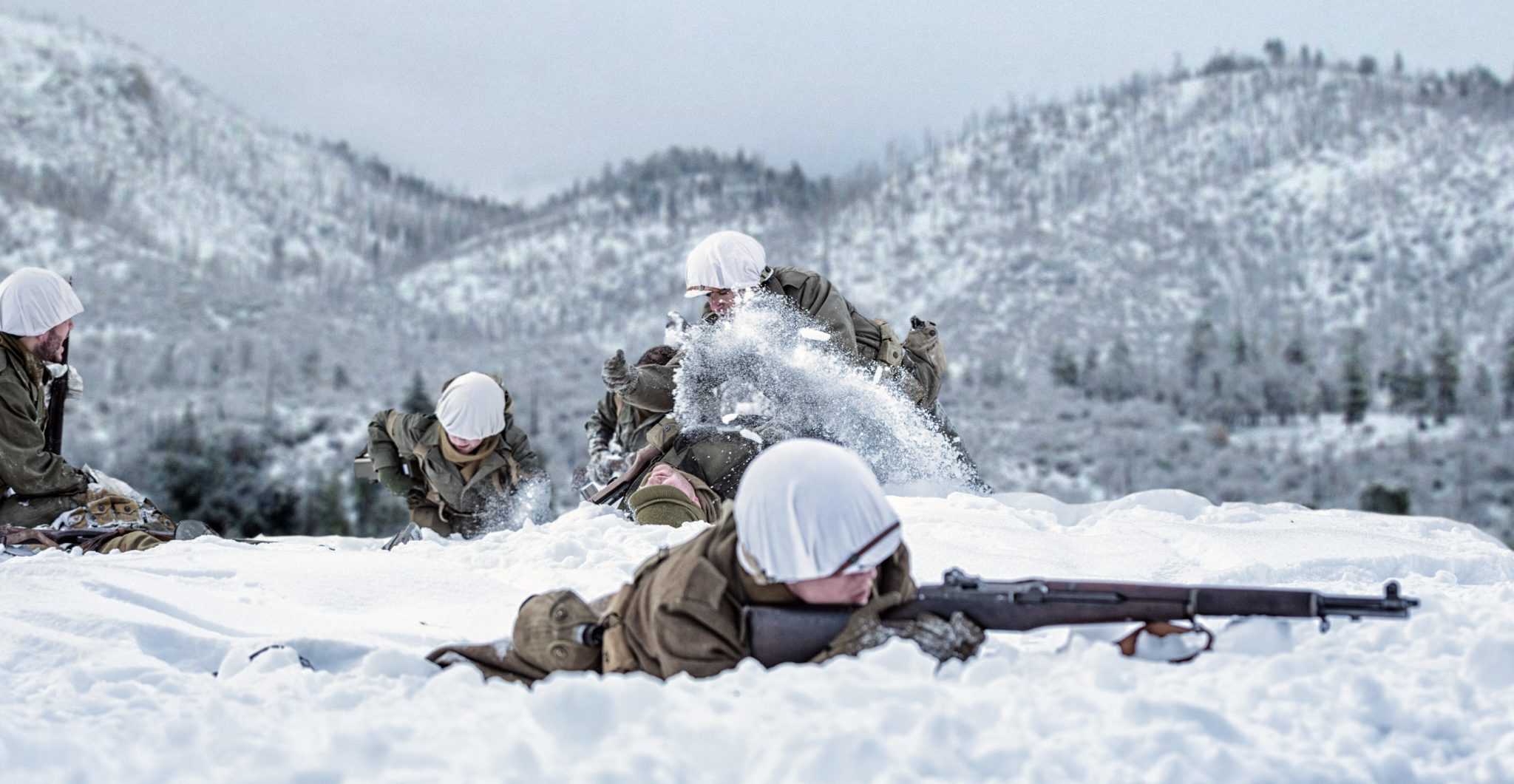On Thanksgiving Day 1950, in the extremely cold, windy mountains of North Korea, United Nations (U.N.) units of the American Army and Marine forces were taking a brief holiday break from their advance north.
The mission to drive the North Korean army into China had gone as planned up to that point. However, military intelligence had failed to detect a massive build-up of some 60,000 Chinese Communist Forces nearby that suddenly joined the conflict in support of Communist North Korea and surrounded the much smaller American regiments.
The American units were outnumbered and pinned down near a man-made lake high in the frozen mountains, known as the Chosin Reservoir.
Over the next five days and nights, the encircled U.S. forces saw wave after wave of Chinese attacks. The soldiers fought fiercely against both a relentless enemy and the extreme weather.
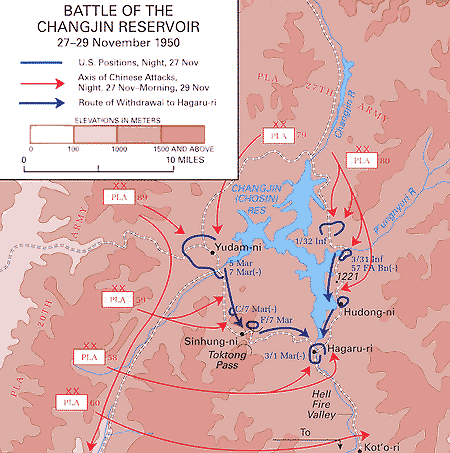
What followed was a historic breakout and escape down the mountains to the port city of Hungnam. While definitely a retreat, the American forces managed to withdraw with their wounded and most of their equipment while inflicting significant casualties on the Chinese army units.
The bloody fighting was significant in setting a course for the remainder of the conflict. It set a tone for the coming Cold War and was an important milestone in the first use of U.N. forces to resolve military aggression.
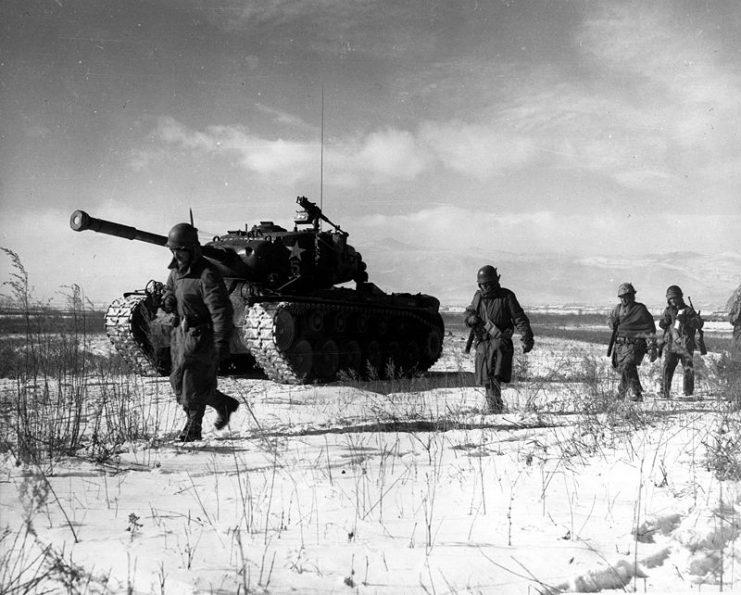
The political and economic background of the Korean War evolved with the post-World War II delineation along the 38th Parallel of North and South into Russian-controlled Communist North Korea and American-controlled South Korea.
This split was similar to the new alignments in Western Europe, Vietnam and, to some extent, Taiwan. All are examples of the Communist and Non-Communist divisions after World War II that set the stage for the Cold War politics and conflicts that would follow.
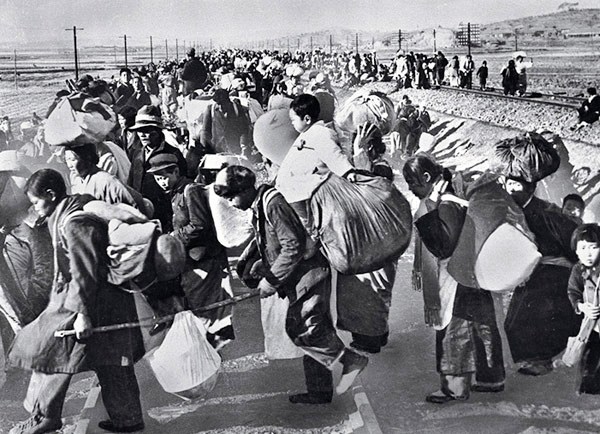
The Korean War began with a North Korean military incursion across the 38th parallel that quickly overran the modest forces of the South. American forces in Korea at the time were sparse. American Far East military forces in early 1950 were concentrated in Japan.
However, the North Korean leadership miscalculated, thinking that the U.S. would not get involved in the conflict. Instead, the invasion led to a key component of U.S. Cold War policy.
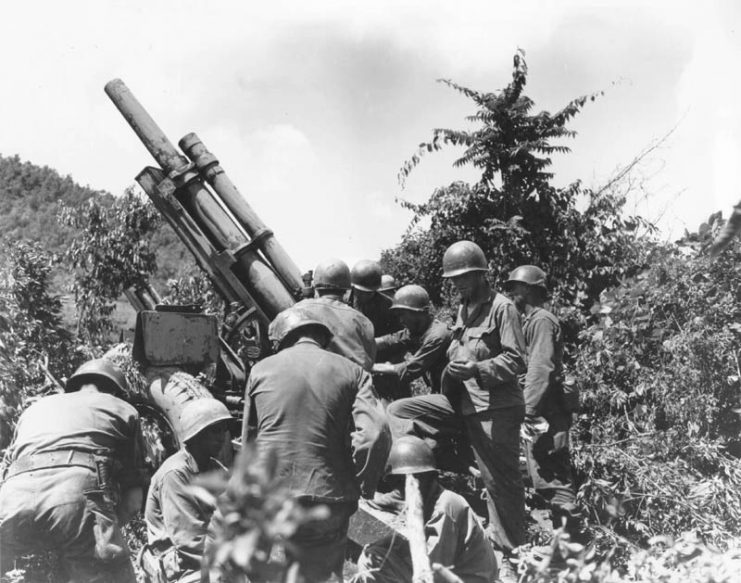
The U.S. policy that was developed as a result of the invasion by North Korea was to contain the spread of communism through military support or, if necessary, direct intervention. In 1950s Korea, the method of direct military effort was also a first.
The U.S. did not declare war, but instead, under the banner of a U.N. military mission to enforce agreed-upon borders, sent U.S. military forces in support. U.S. forces comprised more than 90% of the combat forces that fought in the Korean War. It was clear that the U.S. was involved and committed to the new policy.
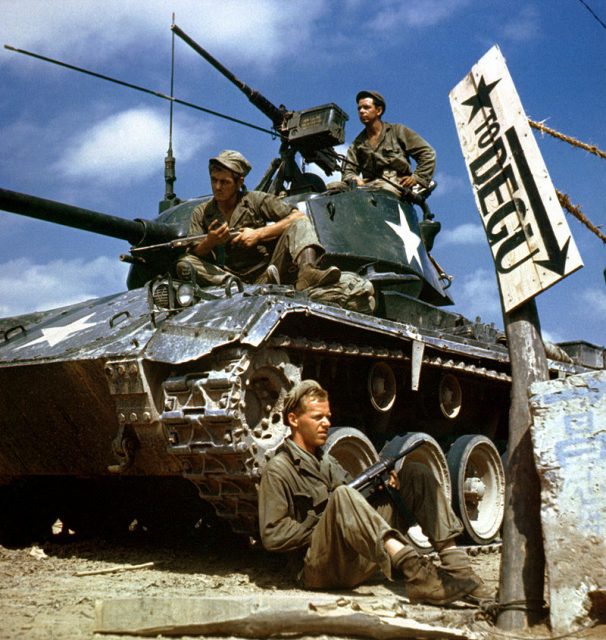
On September 15th, 1950, the U.N. forces, under General Douglas MacArthur, began a campaign to drive the North Korean army out with an amphibious landing at Incheon by U.S. Army and Marine units. The force liberated Seoul a week later and began pushing North.
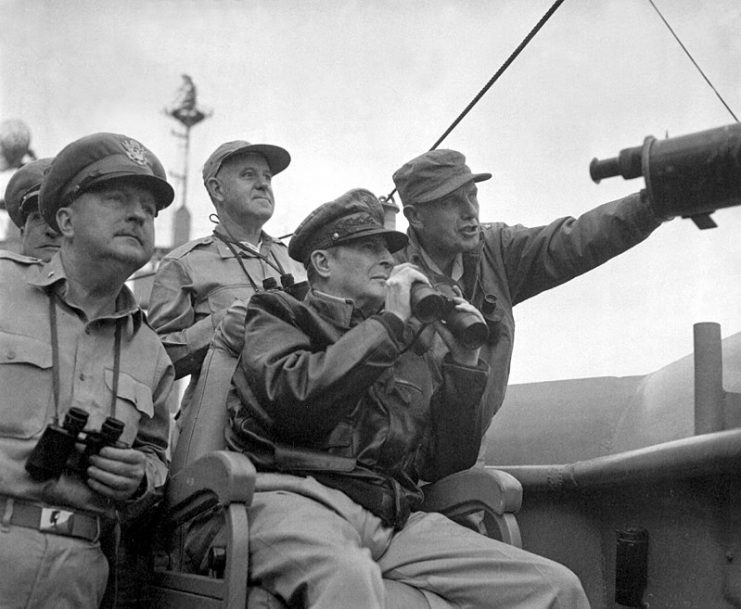
The push eventually led to the mountains around the Chosin Reservoir as well as the bloody battle and heroic breakout to the port of Hungnam. The battle was pivotal for both sides in realizing the difficulties of proxy-type wars that would also arise during the Cold War and other conflicts where U.N. forces pushed back aggression.
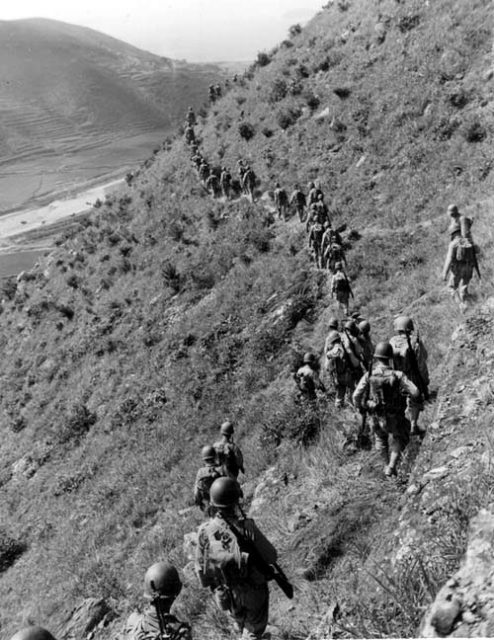
The end of the Korean War was three years later on July 27, 1953, with an agreement signed by the U.S., North Korea, and China. As of this date, North and South Korea still have not signed a peace treaty.
The outcome of the war was for North and South to return to the post-war 38th parallel boundary. This was a U.N. victory to stop aggression, but at a terrible cost, and Korean people are still living with the threat of war to this day.
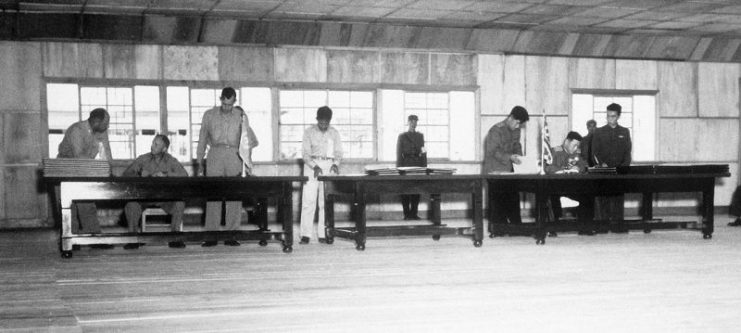
As Americans gather for this Thanksgiving holiday, they may have some discussions on the current North Korean missile threat and maybe the current “tariff” war with China. But it’s very unlikely that anyone will discuss the bloody battle of Chosin Reservoir or its impact on the Korean War.
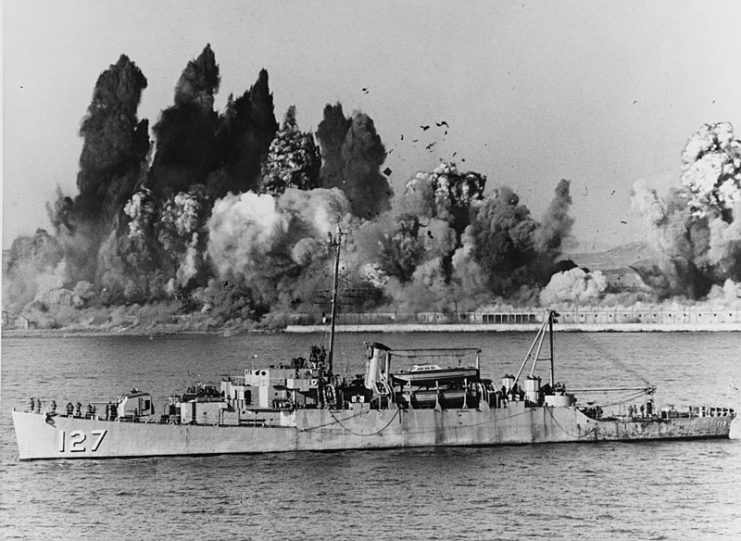
Neither will anyone discuss the eventual impact of the conflict on the resulting U.S. and U.N. policies. Those policies shaped the American response in Vietnam, the collapse of the Soviet Union, a proxy war in Afghanistan, the Gulf Wars, and other conflicts that continue today.
